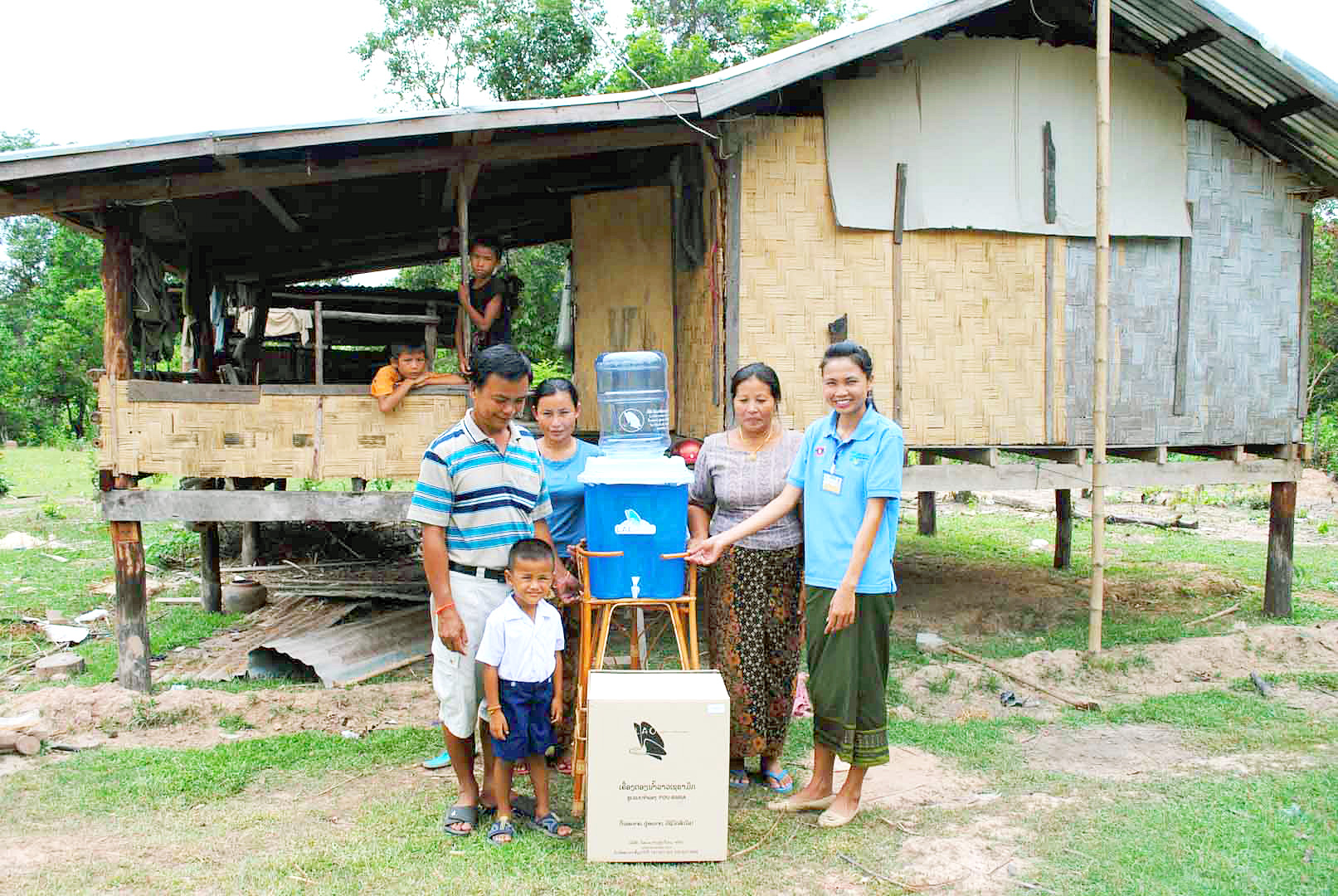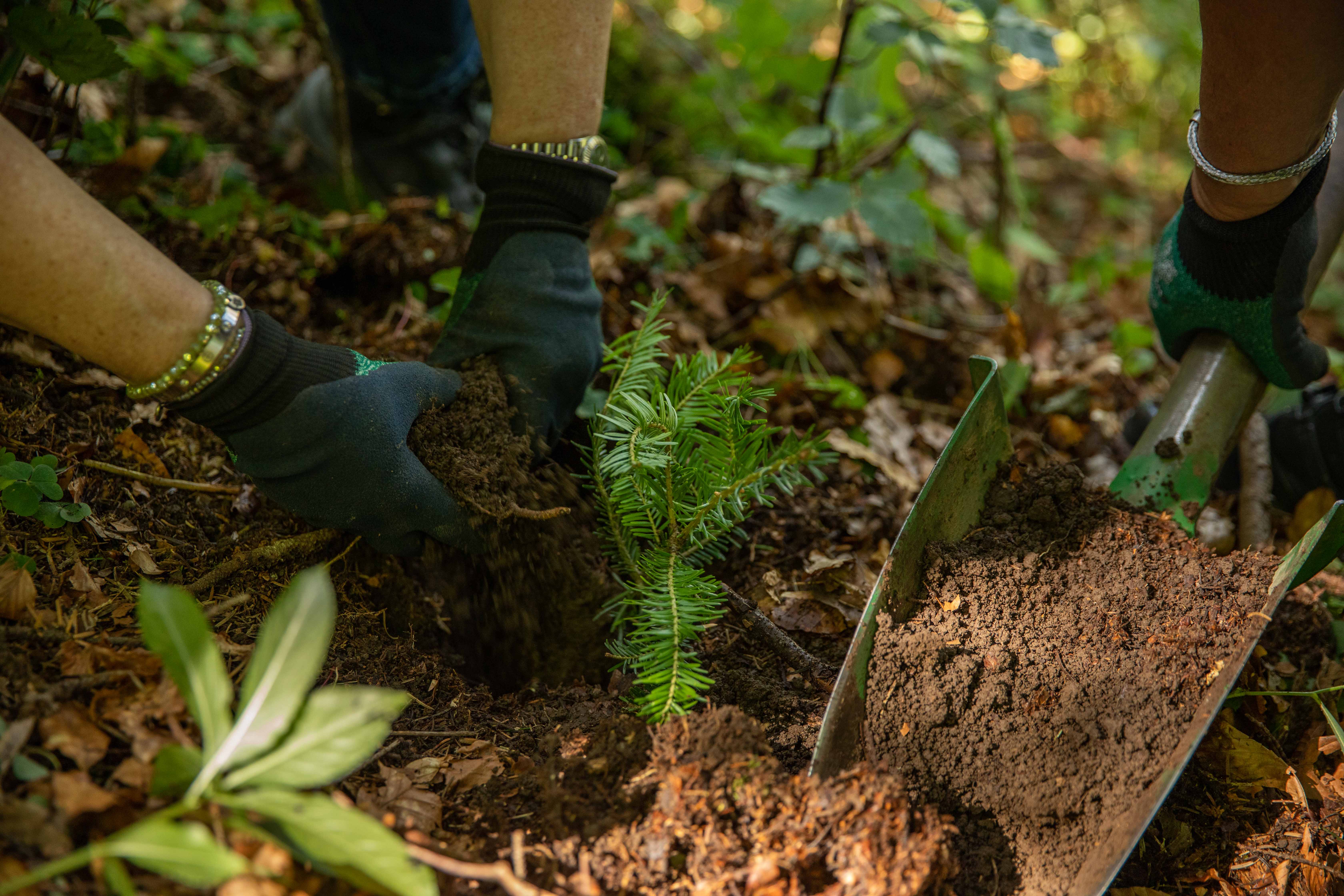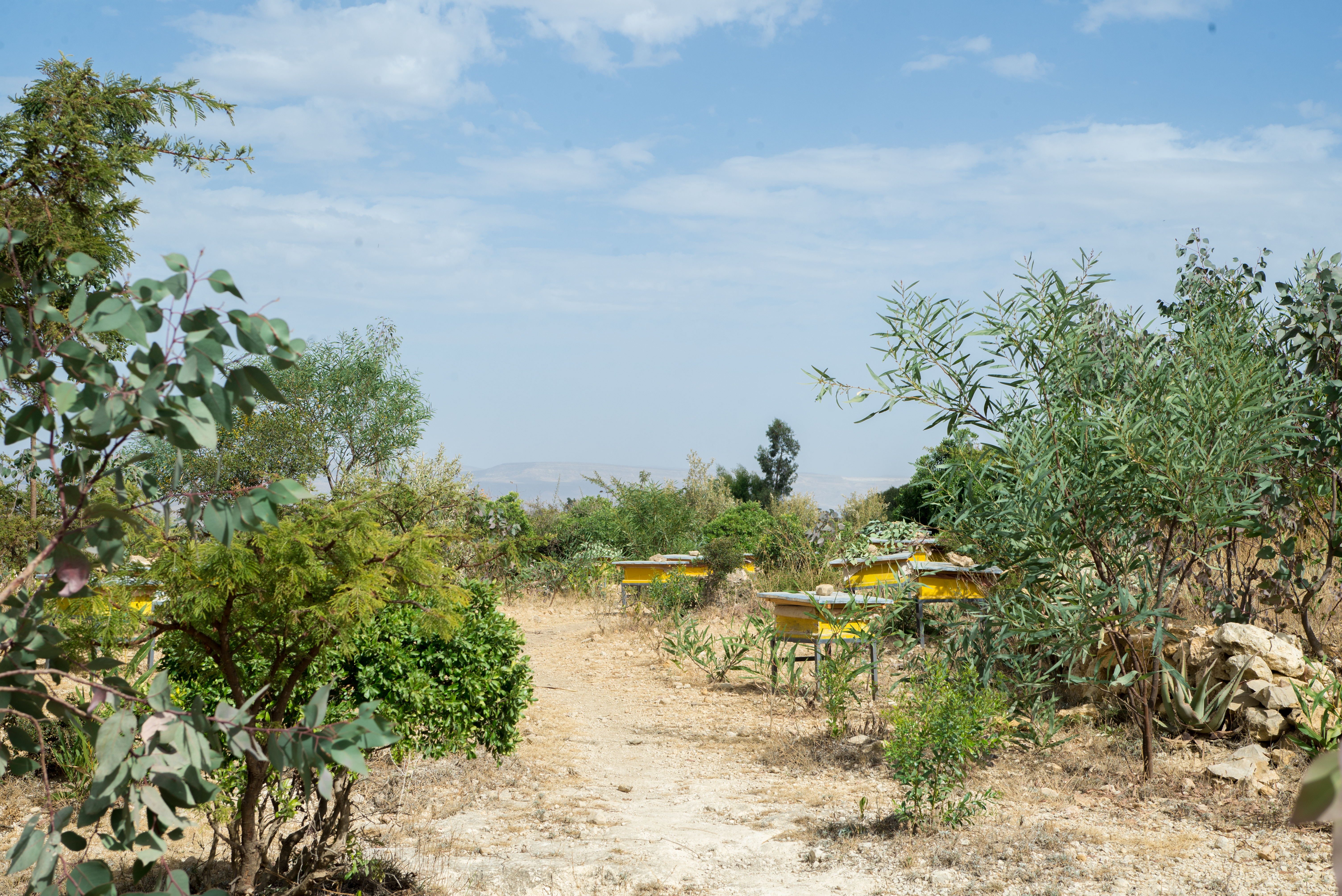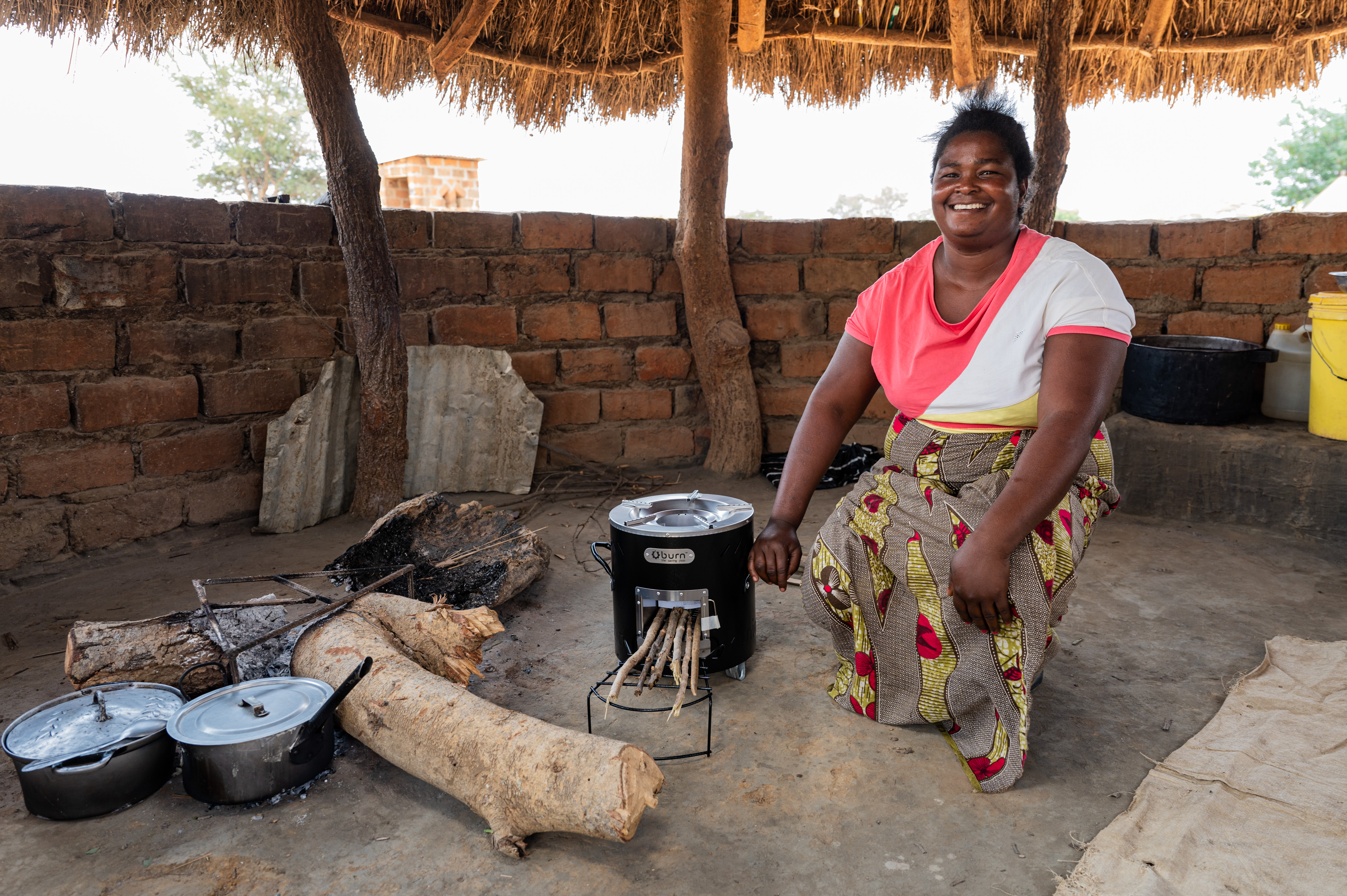Heating or steam boiler systems in North Rhine-Westphalia
Operators of heating or steam boiler systems in North Rhine-Westphalia can participate under certain conditions in the Joint Implementation (JI) model project JIM.NRW by investing in the installation of energy-efficient or renewable boilers and selling the CO2 emissions saved as verified emission reductions or emission reduction units (ERUs) via the North Rhine-Westphalia Energy Agency. The aim of the model project is to cover the investment costs incurred through the sale of ERUs instead of state subsidies. Bundling the measures simplifies the administrative effort and reduces transaction costs, thus making participation in emissions trading also possible for organisations such as kindergartens and schools.
As an official JI project under the Kyoto Protocol, it is ensured that the emission reductions taking place cannot be used simultaneously to achieve Germany's national emission reduction targets and at the same time to generate additional ERUs. The danger of double counting is thus excluded.

Examples of participating institutions in this project are:
- School Centre South in Neuss: Replacement of heating system with wood pellet system (annual saving of 300 t CO2 emissions)
- Day care centre in Hoerstgen, Kamp-Lintfort: Replacement of coal-fired boiler system with biomass heating system (annual saving of 80 t CO2)
- Horticulture company Schräder, Münster: Replacement of oil-fired boiler with wood-chip boiler for vegetable cultivation in a greenhouse (annual saving of 630 t CO2)
- Residentual quarter "Am Morgensteig", Essen: Installation of a new wood pellet system to supply heat to 205 flats in 41 houses (annual savings of 290 t CO2).
Explore our projects
Biochar for Climate Action, Healthy Soils, and Better Harvests

A certified climate project combined with additional commitment

Expansion of renewable energy generation in Asia

Ceramic water filters save CO2 and improve health

Improved cookstoves worldwide – for better health and cleaner air

A certified climate project combined with additional commitment

Powering access to renewable energy in Africa

A certified climate project combined with additional commitment

Restored ecosystems remove carbon

Turning degraded farmlands into healthy ecosystems

Improved cookstoves - better for health and the environment








